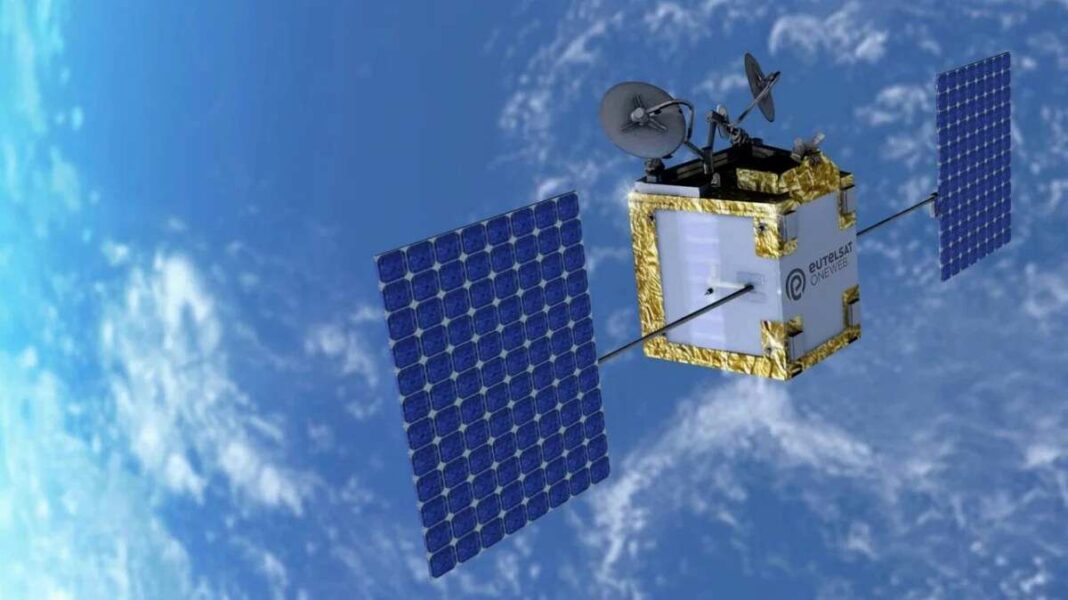Eutelsat has successfully established a direct 5G connection from a satellite to a smartphone, eliminating the need for traditional antennas. This innovation, part of a collaboration with MediaTek and Airbus, uses low Earth orbit satellites from the OneWeb constellation. The technology promises to enhance connectivity in remote areas and aims to integrate satellite and terrestrial networks seamlessly. Eutelsat’s efforts position Europe to compete with industry giants like Starlink, with plans for an extensive satellite network by 2030 under the IRIS2 initiative.
Imagine being able to access 5G connectivity in remote locations, without the need for antennas or traditional networks, simply using your smartphone. This incredible feat is no longer just a concept from science fiction. Eutelsat, a Franco-British satellite company, has achieved a groundbreaking milestone: establishing a direct 5G connection from a satellite to a smartphone.
To explore more
Discover the top satellite internet offers available in France with our comprehensive comparison.
A Historic Breakthrough in Connectivity
The journey began with an innovative test conducted by Eutelsat in collaboration with industry leaders such as MediaTek, known for its smartphone chipsets, and Airbus Defence and Space. The objective? To facilitate communication directly between a satellite in orbit and a smartphone, bypassing conventional ground antennas. The outcome was successful! The satellites involved are part of Eutelsat’s OneWeb constellation.
These satellites operate in low Earth orbit, positioned just a few hundred kilometers above the Earth, allowing for quicker connections compared to satellites positioned further away, like those used by Starlink.
What makes this technology, known as 5G NTN (Non-Terrestrial Network), particularly exciting is that it doesn’t necessitate specialized devices. Soon, your reliable smartphone could receive a signal directly from space. This development could eliminate connectivity black spots in rural areas and at sea! This trial serves as a precursor to IRIS2, an ambitious European project aiming to launch 288 satellites by 2030 with a budget of €10.6 billion. The vision is to provide global, high-speed, and easily accessible coverage.
But why is this advancement significant? It has the potential to seamlessly integrate terrestrial networks (the typical antenna-based systems) with satellite networks. Imagine transitioning from a 5G tower in an urban area to a satellite connection in mountainous regions without even noticing the change. This solution is especially valuable for remote locations where installing antennas can be prohibitively expensive.
Europe Competing with Space Giants
While Eutelsat’s groundbreaking test is making headlines, it also serves as a strategic move against the major players currently dominating the satellite landscape. Starlink, boasting a fleet of over 7,000 satellites, leads the satellite internet arena. Other contenders, including Amazon with its Kuiper initiative and China’s SpaceSail, are also vying for a stake in this lucrative market. Europe, however, is determined to remain competitive. With companies like Eutelsat at the forefront, it is investing in independent and cutting-edge technology.
From a technical perspective, how does this all work? The OneWeb satellites utilize two frequency bands: the Ku band for communication with your smartphone and the Ka band to connect with ground stations. During this trial, MediaTek supplied a specialized chip, and a simulated base station, known as gNB, was developed by ITRI, a research institute. This entire setup is based on the latest 5G standard, 3GPP Release 17, ensuring compatibility with contemporary devices. It operates similarly to Starlink’s Direct-to-Cell technology.
To learn more
Check out Starlink’s Direct-to-Cell technology, which aims to replace 4G and 5G capabilities on any smartphone.
This initial test is merely the beginning. With the IRIS2 initiative, Europe envisions a comprehensive satellite network by 2030 to rival the major industry players. The goal is to make satellite-based 5G both affordable and universally available, integrating it into standard service plans.
